Skype: neodalle-travel
Tel: +86 135 7447 2266
E-mail: sales@zhangjiajieholiday.com
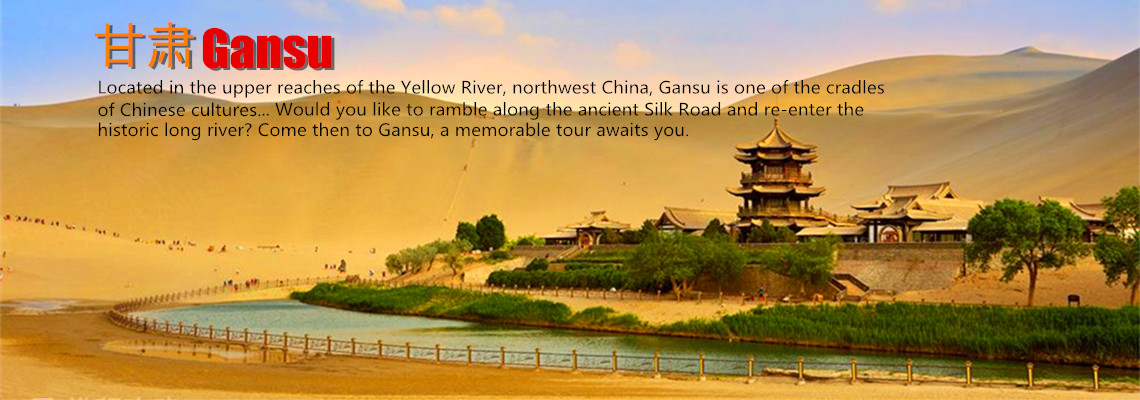
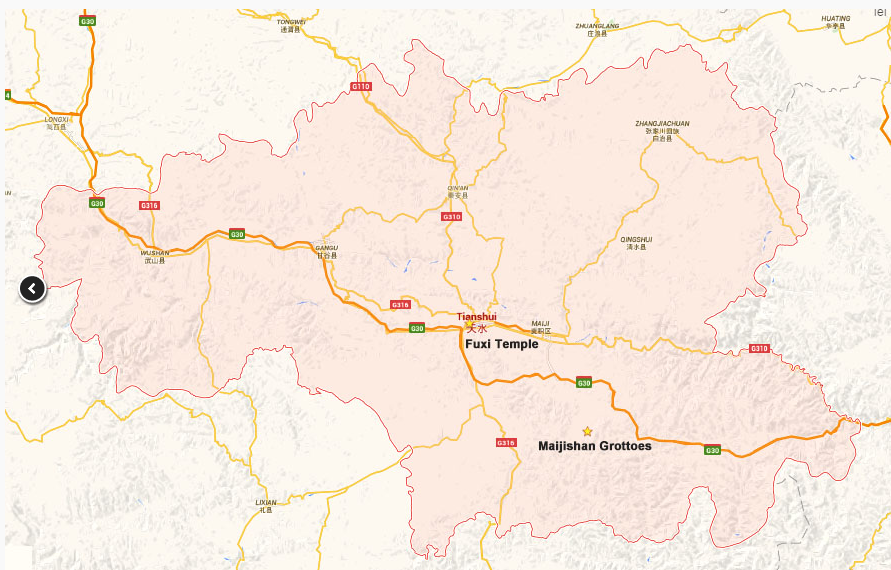
Tourism of Tianshui
Tianshui is a famous historical and cultural city, bearing a civilization of more than 8,000 years, 3,000 years of written recorded history and 2700 years of city history. Now, there are over 450 Historical and Cultural Sites protected at different levels, among which, there are 17 Historical and Cultural Sites Protected at the National Level and 45 Provincial Historical and Cultural Sites. The 7 historical streets and 143 courtyards having been listed in the protection list, cover a total area of 56.5 hectares. There are 228 trees older than 100 years in the city, and the number ranks the second only to Yangzhou City in China. The ancient cypresse planted in the Spring and Autumn Period is recognized to be [these are both passive] the Cypress King. There are many springs inside the city, such as Gan Spring, Guan Spring, Yu Spring, Mapao Spring, Beiliu Spring, Qingshui Hot Spring, Wushan Hot Spring and Jiezi Hot Spring.
Tianshui is an excellent tourism city with abundant resources for tourism development. There are 228 scenic spots here, among which are 29 Level A Scenic Spots (one National 5As Scenic Spot, five National 4As Scenic Spots and one National 3As Scenic Spot), 32 travel agencies and branches, 34 star-rated hotels, 39 star-rated rural fun recreational farms, 69 star-rated toilets, 2 National Industrial and Agricultural Tourism Demonstration Sites, 2 National Forest Park, 1 National Geological Park and 8 Provincial Forest Parks. The Fuxi Temple of the Ming Dynasty and Guatai Mountain where Fuxi created the Eight Diagrams are root-seeking places for Chinese descendants to worship their ancestors. Maijishan Scenic Area is among the first list of National Scenic Areas to have been approved by the State Council, and it was rated a National 5As Tourism Attraction in 2010. Maijishan Grottoes, Daxiangshan Mountain of Gangu County, Shuiliandong Cave and Lashaosi Temple of Wushan County compose the Grottoes Art Passage at the east part of the ancient Silk Road.
Tianshui has been a famous tourism city in western China, as well as a glowing pearl in the new Silk Road. In recent years, Tianshui has built the tourism image of “the Source of Chinese Civilization" to promote six excellent tourism routes and two tourism brands including “the hometown of Fuxi – a root-seeking place" and “Maijishan 5As Scenic Area". These six excellent tourism routes cover “root-seeking tourism to the hometown of Fuxi" including Fuxi Temple, Mountain Guatai, Nvwa Ancestral Temple and Dadiwan Ruins. “Tourism of the Grottoes Museums", as the second route, includes Maiji Mountain, Daxiang Mountain, Shuiliandong Cave, Lashao Temple and Matisi Temple. The third route “tourism of famous ancient towns along the Silk Road" includes Nanguo Temple, Yuquanguan Temple, Liguang Tomb and ancient residence of Hu. The fourth route “ecological leisure tourism" includes Little Longshan Mountain, Maiji National Forest Park, Xianrenya Cliff, Shimen and Qvxi. The fifth route “hotspring tourism" includes Jiezi Hotspring, Qingshui Hotspring and Wushan Hotspring. The sixth route “sightseeing tourism of modern characteristic agriculture" includes Tianshui National High-tech Agricultural Demonstration Area and Tianshui Weiye Ecological Area. Tourism industry in Tianshui has a strong momentum in constructing great scenic areas, developing broad markets and promoting quality tourism.
Best places to visit of tianshui
The southern and eastern parts of the city are mountainous, while the north is a loess hilly area (with soil comprised mainly of wind-blown sediment). A fraction of the central area lies in the river valley. As a whole, the City's terrain slopes downward, from northwest to southeast.
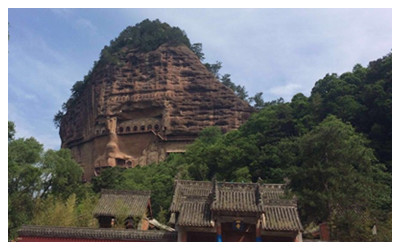 |
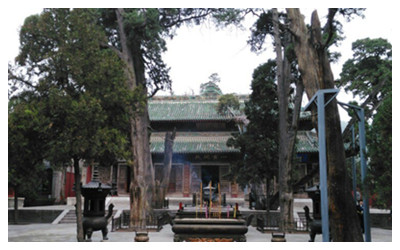 |
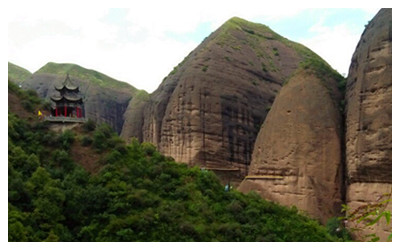 |
| Maijishan Grottoes | Tianshui Fuxi Temple | Tianshui Water Curtain Cave |
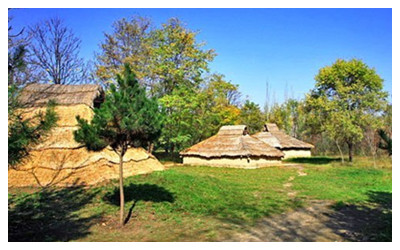 |
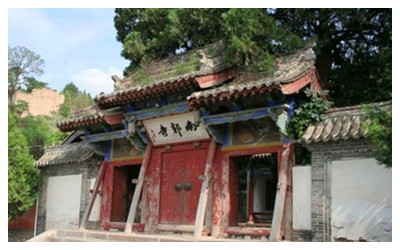 |
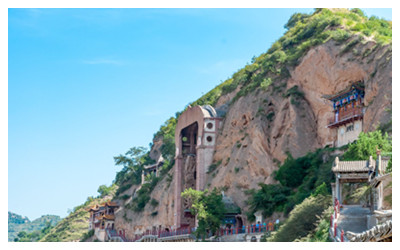 |
| Dadiwan Cultural Ruins | Tianshui Nanguo Temple | Daxiangshan Mountain |
 Ask Questions ?
Ask Questions ?